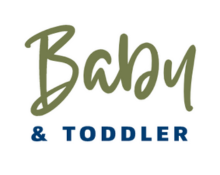
Whether to breastfeed from one breast or both breasts during a feeding session can vary depending on several factors. Here are some considerations:
Baby’s Feeding Preference: Some babies prefer to nurse from one breast per feeding, while others may naturally switch between breasts during a feeding. Observe your baby’s feeding cues and preferences to determine what works best for them.
Milk Supply and Breast Emptying: If you have a good milk supply and your baby is effectively draining the breast, breastfeeding from one breast per feeding may be sufficient. This allows your baby to receive both foremilk and hindmilk from that breast. However, if your baby seems unsatisfied after nursing from one breast or if you have a large milk supply, you may need to offer the other breast to ensure adequate milk intake and breast emptying.
Feeding Duration: If your baby has a short feeding duration and seems content after nursing from one breast, it may not be necessary to offer the other breast. On the other hand, if your baby has a longer feeding session and continues to show hunger cues, offering the second breast can be beneficial.
Milk Production and Balance: If you consistently offer both breasts during feedings, it helps stimulate milk production in both breasts and maintains a good balance of milk supply. This can be particularly important in the early days of establishing breastfeeding or if you have a low milk supply.
Engorgement or Discomfort: If you experience breast engorgement or discomfort, offering both breasts during feedings can help alleviate the fullness and provide relief.
Ultimately, the decision of one breast or two breasts per feeding depends on your baby’s needs, your milk supply, and your comfort. It’s important to be responsive to your baby’s cues, monitor their growth and diaper output, and seek guidance from a lactation consultant or healthcare professional if you have any concerns or questions about breastfeeding techniques or milk supply.
